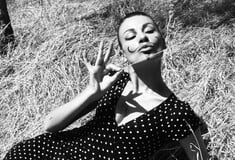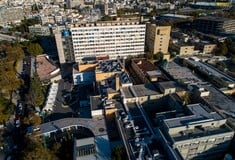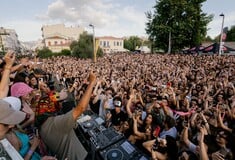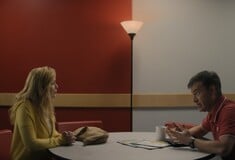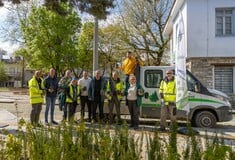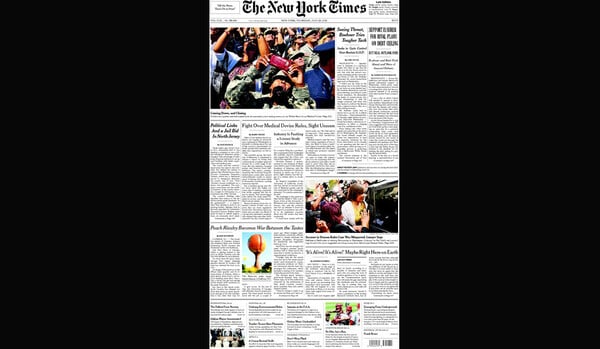
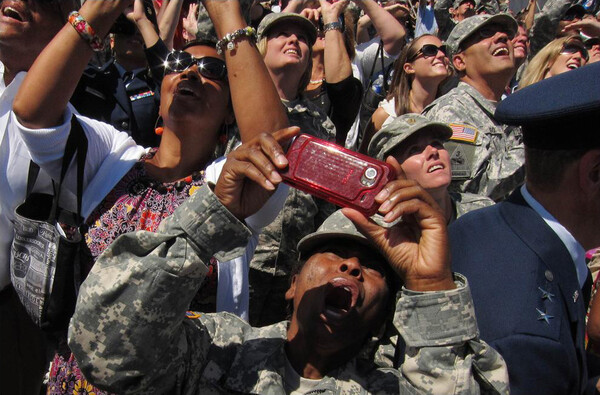
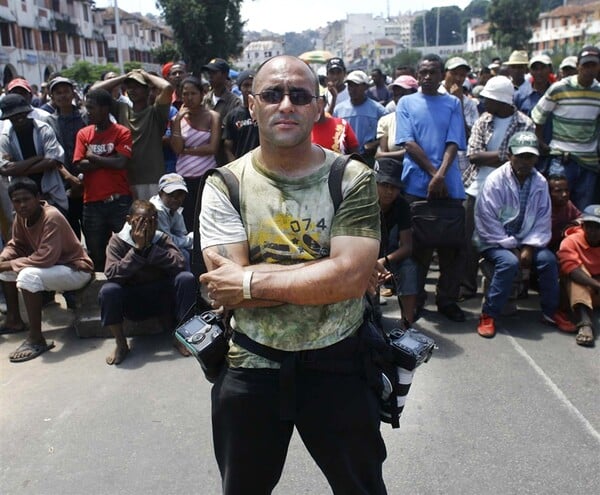
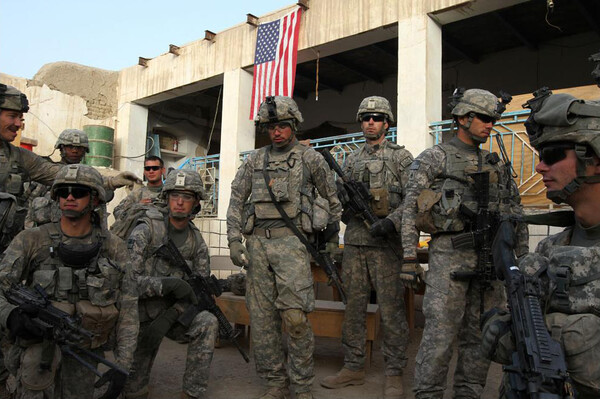
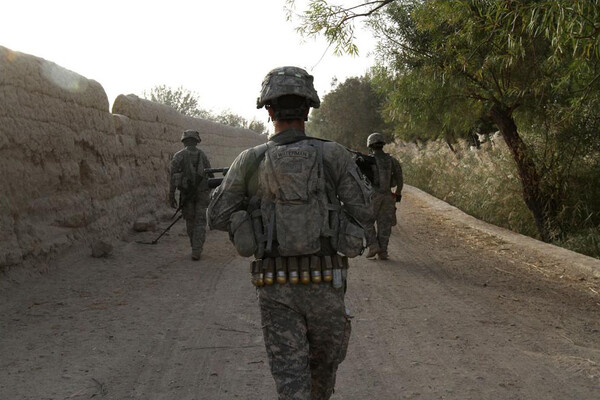

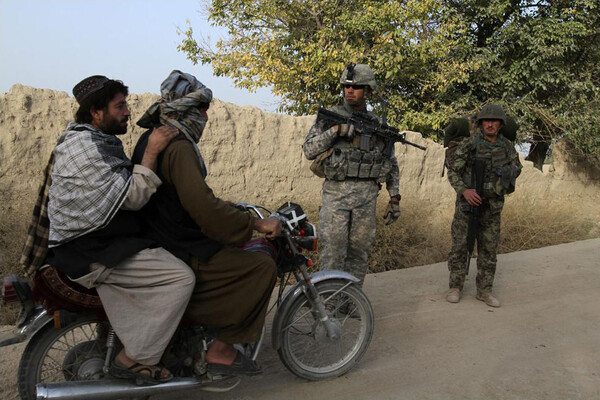
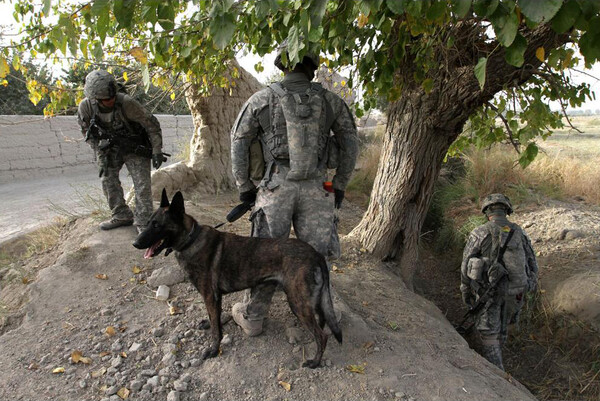
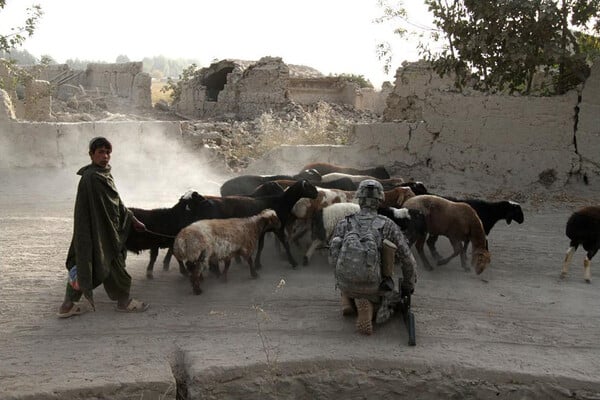
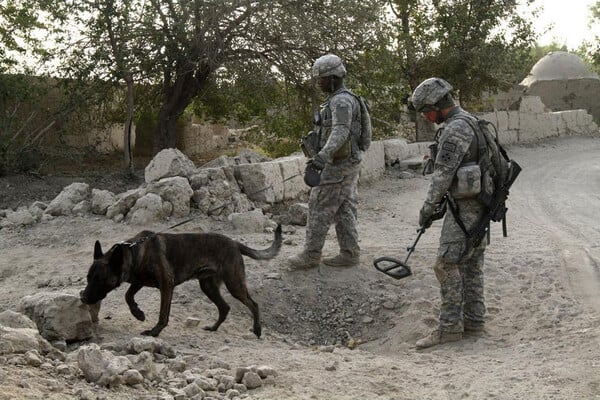
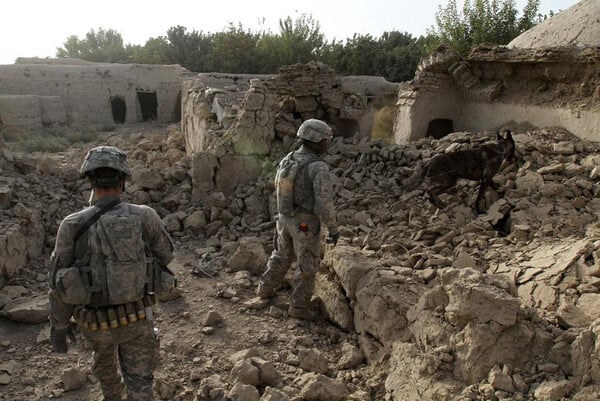
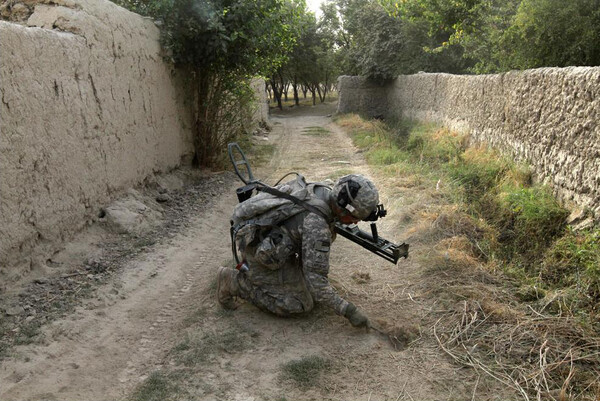
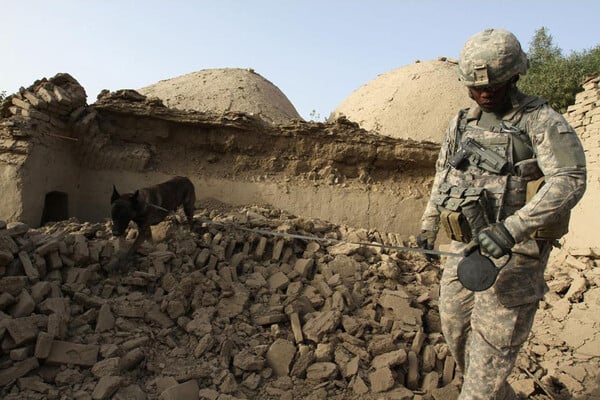

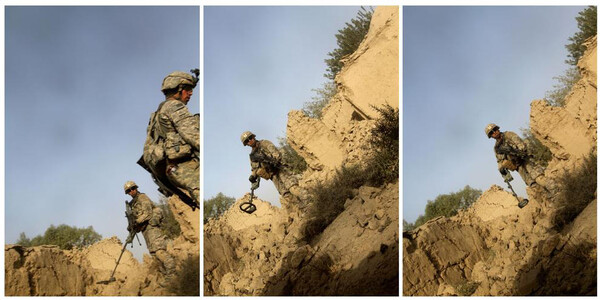
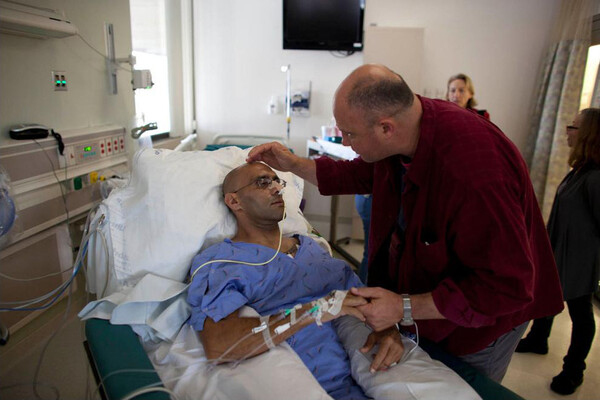
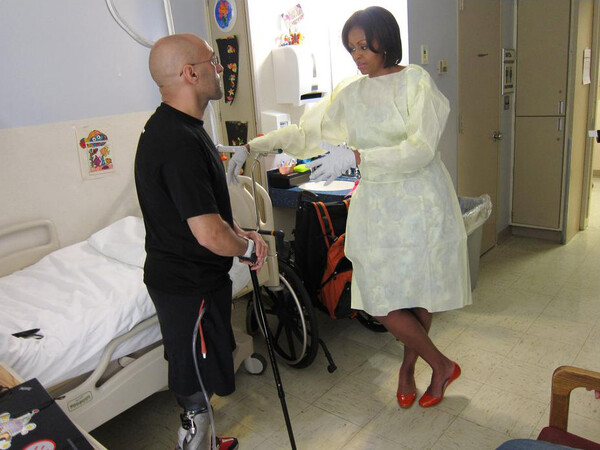
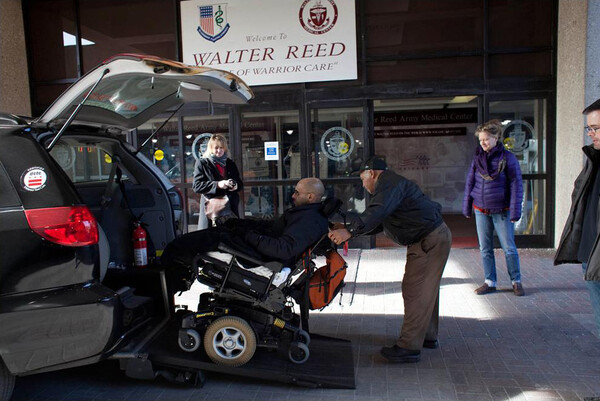
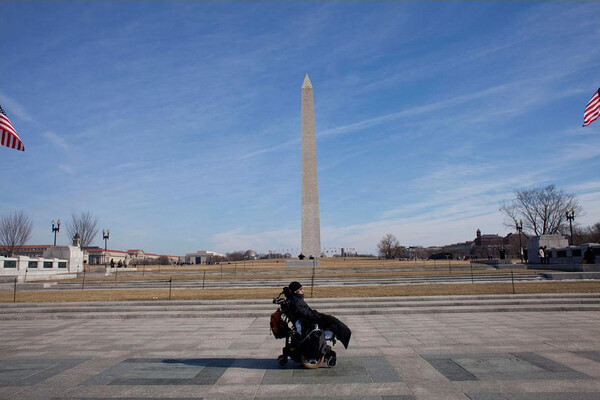
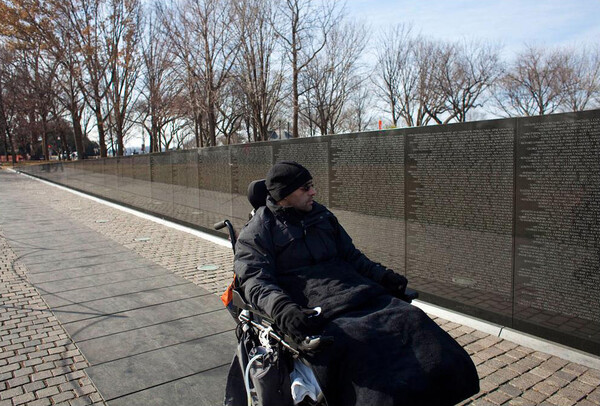
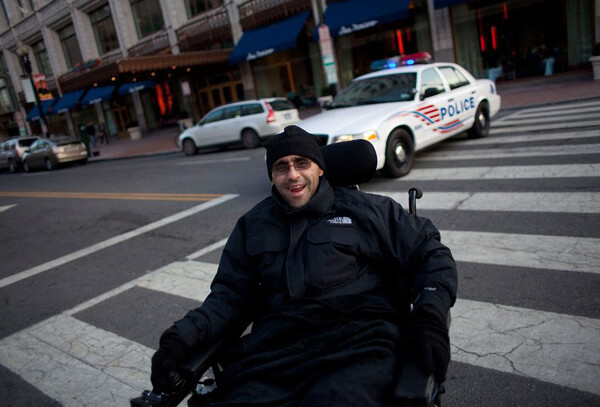
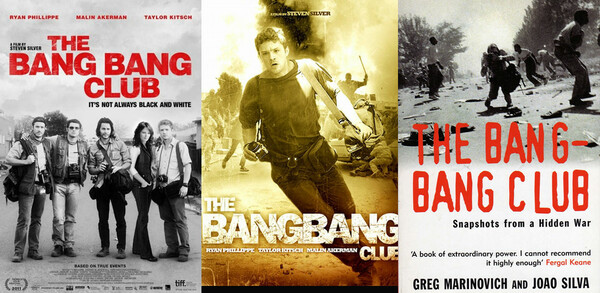
Για τους φωτογράφους του Bang Bang Club, έχει γυριστεί ένα ντοκυμανταίρ (The Death of Kevin Carter. Casualty of the Bang Bang Club, 2006) και μία ταινία (The Bang Bang Club, 2010). O Joao Silva και ο Greg Marinovich έχουν γράψει μαζί το βιβλίο The Bang Bang Club. Snapshots from a Hidden War (2000).
The following interview was conducted in Baghdad on Dec. 9, 2009, by Michael Kamber, a seasoned conflict photographer himself (“Hard Lessons From Somalia,” “A Long and Dangerous Road,” “Minders, Fixers, Troubles”). He is working on a book about photojournalism and war photography. This condensed version of their conversation begins with Mr. Silva describing his background.
I was born in Lisbon. My parents emigrated from Portugal to Africa when I was very small. We lived in Mozambique for a few years. Independence came along and civil war was looming, so they emigrated to South Africa. I grew up in South Africa, very much working class. No university. I’m a high school dropout by choice. I was a naughty kid; couldn’t deal well with authority. That’s it in a nutshell, really.
How did you become a photographer?
I became a photographer in the late ’80s by pure accident. A friend of mine was studying graphic design. One of his subjects was photography. I accompanied him when he went to shoot pictures. From that moment, I realized I wanted to be a photographer.
You knew it immediately.
I knew it immediately. And I also knew that I didn’t want to do fashion photography or architectural photography. I knew that I wanted to be on the edge of history. So from that point onwards, it was easy because, at the time, South Africa was going through a transition. The apartheid government was coming to an end and there was all this political activity going on — political violence — and that was the perfect starting point. That was my training ground. It was all very up-close and personal.
Who did you start shooting for?
A small community newspaper. It didn’t really focus on anything that was happening in the townships because it was pretty much a white newspaper for the white community. In my spare time, I’d cover the violence. Soon, I started freelancing for Reuters. Then I joined South Africa’s biggest daily newspaper and I was with them for about three years. Then I joined The A.P. and then The Times. I started freelancing for The Times in 1996. In 2000, I was made a contract photographer. It was the best decision I ever made. No complaints, really.
Could you tell me about the early years, with Kevin Carter and Greg Marinovich, with whom you wrote “The Bang Bang Club”?
Greg was the principal author. Basically, we were just a group of friends covering what was happening in the country at the time. We hung out together and we lived together. A magazine decided to do an article about us. They coined the term “Bang Bang Club.” The Bang Bang Club never really existed; it was a figment of somebody else’s imagination. But the name stuck. You know, it became a reality in later years, with the tragic events of Kevin’s suicide and Ken Oosterbroek being killed in combat and Greg being injured.
People have real misconceptions about what we do. In fact, many people view photographers as being vultures, that we make a living from people suffering.
This is not the case in most situations. There’s a real need to show what’s going on. Sometimes we do that at great risk. If we’re with a Marine unit or a naval unit and they’re taking fire, you’re taking fire. For the most part, I find that the soldiers who we are embedded with understand. But I think the broader public has a skewed idea of what we do. And sometimes we are callous. Sometimes we’re forced to step over corpses to make an image, or through pools of blood. But in doing that, we try to show the world the reality of the situation we’re confronted with. You might not necessarily change the world with your images — in fact, I don’t think I’ve seen one image that’s changed the world — but if you’ve changed one single person’s mind, I think you’ve accomplished something.
Most of the photographers out there that I know are truly committed professionals. It’s not just because you want to get the great picture and potentially win the Pulitzer. Very seldom is it about that.
You got criticized for covering the militias and you also got criticized for covering U.S. soldiers.
Basically, you can’t win. Back in 2004, when I covered the militias in Najaf, I was a “traitor.” When I’m with the soldiers and something goes wrong, then I get e-mails from people saying I’m profiting from the death of American soldiers. It’s difficult to make everybody happy. The bottom line is that I’m a photographer. I’m a photojournalist. I’m trying to show the reality of the conflict. If I can do it from both sides of that conflict, I will. I’m not anti-Army at all, but you’ll get criticized for what you do no matter what. I have the e-mails to prove it. I got one a couple of months ago from some loony, basically saying: “The next time you’re in a war zone, I hope you get killed. And it won’t be a moment too soon.”
Do you feel that when we are embedded with U.S. troops we are no longer able to be objective and send tough pictures, because we rely on them for our safety?
There’s a measure of that. If you don’t abide by their rules, you’re going to get disembedded, and you’ll never be allowed to embed again. If the military wants to burn you, they will burn you. You’ve got to go by their rules. It’s not perfect. But it’s for a reason.
Are there pictures you didn’t send because you thought the military would be upset?
No.
Do you feel that the world at large gets an accurate view of the war through our work? Or do you feel like the ones that got printed weren’t really the view of the war you wanted to show?
That’s a loaded question because it’s implying that we have to show our version of the war. That should never be our motivation. Our role should be to record what we see, to make as good an image as possible. That’s our job. Editors have their own needs and their own way of seeing and their own requirements for a particular story. They will use whatever picture they decide to use.
“Our role should be to record what we see, to make as good an image as possible.”
I didn’t come into this war — or any war — with an agenda. The last time I had an agenda would’ve been in South Africa in the early ’90s, with the end of apartheid. I try to keep it clinically simple and to show what is actually going down. In cases where I can show it from all sides — friend, enemy, civilians, innocents — then I will.
We are human beings and we bring our own thought processes along with the camera. The camera just doesn’t float on its own and photograph. So it’s always our representation. It’s always what we feel, what we see, what we think is important.
How do you deal with fear? Or is fear not something you deal with?
Good question. I think the whole fear thing is overplayed. At some point or another, we all feel fear. It’s how that fear manifests itself that matters. When you go into a situation, there’s a certain amount of unknowns and there’s a certain amount of anxiety related to those unknowns. But once you’re in it, you’re moving forward. As you move forward, you deal with every new unknown. You just deal with it. if you get to a point that you can no longer deal with it, then you go no further.
Fear is a real thing. It’s acting despite fear that matters. I don’t think anybody that does this hasn’t felt scared or uncertain or anxious about what he’s doing. I don’t even know what to call it, but I think we all feel it. It’s normal.
But for you, it’s about managing it.
I don’t even think I try managing it. I look at it as a mechanism. It’s a tool. When the fear thing kicks in, then you take what you get from it and make a decision. It’s not a bad thing. If there was no fear, then you would walk straight into a hail of bullets. Nobody does that. Fear prevents you from doing that. It’s being able to operate and make decisions while you feel a certain amount of fear. I wouldn’t even call it fear. I’d call it uncertainty. It’s a fear of the unknown.
“Do I run if stuff is blowing up around me? Yeah. I run as fast as I can! I might try to take pictures while I’m running, but I’m still going to be running.”
You get into a Humvee and you’re going to on a patrol and there’s a potential of an I.E.D. There’s fear. There’s a fear of the possibility of something happening. But you rationalize that and you move forward and you do it. Then, if something does go wrong, what happens? Do you just freeze, or do you take everything in and continue to operate and do what you need to do despite that fear? If you’re truly fearful, then you just don’t do this. You just don’t come to Iraq or you just don’t come to Afghanistan or you just don’t go to Liberia. You just don’t go. If fear is everything that you’re about, then you stay home. So, yeah, we feel fear. Fear is important.
Do I feel scared if stuff is blowing up around me? Do I run if stuff is blowing up around me? Yeah. I run as fast as I can! I might try to take pictures while I’m running, but I’m still going to be running. It doesn’t stop my brain from thinking when I’m scared.
You’ve probably shot as much combat as anybody alive. You’ve risked your life probably thousands of times.
I think that’s an exaggeration. As you know, it’s all mostly monotony — with a few moments of completely insane energy. Then it’s over. And you’re back to the mundane. The majority of what we do is boredom. I take chances every day. I take chances every time I ride on my motorcycle when I’m home.
When you’re not in Iraq, you’re back home racing motorcycles?
I don’t race anymore. I still ride bikes and I still take them on racetracks, but I don’t race. I’ve grown up since my last big accident.
Do people say you’re an adrenaline junkie?
People get a kick out of bungee jumping. People jump out of airplanes. How stupid is that? At least, I have a point. There’s no adrenaline in stepping over corpses trying to show the reality of mass murder.
But do you think people perceive us as slightly out of control?
A lot of people are grateful for what we do. I get a lot of messages from people saying that we show the world that they cannot go see firsthand.
Is that why you do it?
First of all, I need to feed my family. But the bottom line is: I do feel a certain obligation as a journalist to witness these things and to record whatever I can. I do believe that the message is important. I don’t always believe that the message does any good or that the message necessarily changes anybody’s mind. But I do believe that it is important.
There are more and more wars. There’s no end to it.
There’ll never be an end to war as long as humans are alive. There might be an end to budgets to be able to send us to these wars. In fact, in the current global downturn, that might be a reality sooner rather than later.
Do you consider yourself a brave person?
No, not particularly. No. I mean, what is bravery? I don’t know what I’ve done that’s brave except going into a dangerous situation and taking pictures. There are people who do far more heroic deeds than I’ll ever do. And I’ve witnessed some of those deeds. So how do I think of myself in those terms, knowing that all I’ve ever done is photograph somebody else being brave?
How many friends and colleagues have you lost over the years?
There have been many people that I’ve known or met at some point. But in terms of really close friends, I would say three to combat and two to suicide.
I probably know 10 or 12 who have been killed, but the ones that are close to me — maybe two or three.
We all cross paths. At some point in this industry, you all share something, be it a cigarette, be it: “Hey, my battery’s run down. Can I borrow yours?”
“I’ve seen so many people get hurt, I don’t exclude the fact that it might be my turn one day.”
I certainly don’t want to get hurt. I certainly don’t want to get killed. And I think those two powerful thought processes help you in deciding what you might and might not do. Or how far you might and might not push things. But you have no control over destiny inside a Humvee when a roadside bomb goes off. You have no control when you’re covering a firefight and something falls out of the sky and lands next to you. It’s very complex.
There’s certainly no death wish. I have too much to live for. It’s not about having a death wish. Life is good; life is very good. But I’ve seen so many people get hurt, I don’t exclude the fact that it might be my turn one day. My number might come up. My number might never come up. There are journalists who are alive and well and continue doing this without ever being hurt.
Do you think you’ll keep covering combat for the rest of your career?
I don’t know. I’ve been doing it for a long time now. I’ve got two kids. When my daughter was born, I made a promise to myself that if it didn’t feel good, if it didn’t feel right, I would walk away from it. I took about three months off when she as born. Then I came straight back to Iraq again. You know, the reality is that 90 percent of the time, you’re not in combat. The moments of craziness are few and far between.
Is there a trick to staying safe?
All I can say is: pure luck. Ken Oosterbroek was killed. That could’ve been me. Greg Marinovich has been injured three other times since then. Each time, I’ve been standing next to him. I’ve always somehow managed to walk away unscathed. I’ve been very, very lucky. I don’t really know if there’s a formula for staying safe.
Do you ever worry?
I certainly don’t spend any kind of energy thinking about that. Having said that, I want to go home to my kids. That’s the bottom line. The first prize is going home. Forget about the photographic prizes. Forget about any of that. The first prize is going home.
We don’t have to be here. We could be making money out of corporate gigs, you know? Making real money.
“The camera is not a fortress. You feel it when a mother is crying over a dead child.”
We do benefit to a certain extent. We do take something away from people’s suffering. We do. We get great images and our bosses pat us on the back and the media writes about us. But ultimately, we pay a price for it. The camera is not a fortress. You feel it when a mother is crying over a dead child. You feel the emotion. You don’t switch yourself off from that. You work because that’s what you need to do. But there’s still fallout; there’s still some residue of emotion that gets built into your brain and never goes away.
The actual process of taking pictures is a simple one. But the intellectual process is complex. The reason we do it is complex. There’s no way to simplify it. We’re not machines. Ultimately, you have to live with yourself at the end of the day, right? We go to war zones. We watch people suffer. It’s almost unnatural. It’s become an accepted norm in society because we record history. But most people tell me they could never do what we do.
How could you stand and take pictures while somebody suffers? People want a simple, one-sentence answer. There is no simple, one-sentence answer. But one has to believe that one is there for a greater purpose.
In Vietnam, there was the classic Eddie Adams image of the police chief shooting the Viet Cong prisoner in the head or Nick Ut’s picture of the girl running naked from a napalm attack. People say there haven’t been any classic images out of Iraq.
There is sensory overload, no doubt. The reason why the photographs don’t get recognized is because there are so many of them. In Vietnam, there were these key moments because there was limited media. In Iraq, those iconic images just disappear because there’s one iconic image today; tomorrow there’ll be another iconic image.
You’ve made a dozen trips to Iraq at least. Why do you keep coming back?
That’s a good question. Things have changed so much. It’s become so difficult to work here. But the bottom line is: this is history and it’s important that somebody is here to cover it. I certainly feel as a journalist that I have an obligation to be here. But to be honest, that’s really thin right now.
Are you are you thinking this might be your last rotation?
A year ago, I said it was going to be my last rotation. To be fair, I did stay away for a year before coming back. So we’ll see.
Afghanistan is important to me. I first went to Afghanistan during the civil war, which was a long time ago. I think I’m going to make that more of a focus than Iraq. I’ve reached a point of saturation, in the sense that Iraq has become so much more difficult to work as a photojournalist. I’ve certainly tried to show as much as I was able to during my time here. So if I decide not to come back, I think I can live with it.



